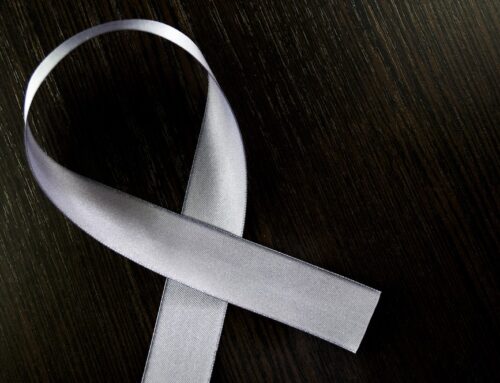Sonia is a 26-year-old artist, student, teacher, and photographer who loves to hike and camp. She’s also suffered from chronic pain most of her adult life as a result of endometriosis.
According to the Mayo Clinic, endometriosis is “an often-painful disorder in which tissue similar to the inside of your uterus – the endometrium – grows outside your uterus.” Treatment usually involves medication or surgery.
Endometriosis Surgery
Sonia attempted to avoid surgery and battle the condition conservatively until she was 25, when she says that the pain reached a crux. She was in bed all the time and finally said, “I can’t live this way.”
After the surgery, her doctor referred her to a pelvic floor physical therapist. The goal of therapy was to help her body release the tension being brought on by her residual pain. Although the treatment was helpful for a while, Sonia says that she lost her insurance and was not able to continue. Since she was better than she had been before, she thought, “I’ll just deal with what I’ve got.”
By the summer of 2021, however, she was still struggling and concluded, “I don’t need to live in pain.” She decided to find some help again and discovered KCP Physical Therapy, where Women’s Health is one of their specialties. She says that she found immediate relief.
Physical Therapy and Recovery
Joyce Kight, her physical therapist, explains the reason for the quick progress. “No one had addressed the structural component driving Sonia’s pelvic floor hypertonicity. Without having the structure addressed, Sonia would have continued to struggle with pain and dysfunction. We addressed her structural alignment on her first visit, and she improved considerably. As we progress, her sacroiliac issues will resolve as will her pelvic floor.”
“It’s such a good feeling not to live in pain,” Sonia says. “Chronic pain just wears on you. It is mentally and physically exhausting. When things get out of line and everything’s tight, you just feel completely out of whack. It’s nice to be able to just live my life now.”
Sonia’s treatment has consisted of a mix of manual corrections for back and hip alignment, stretches to help open her hip flexors, ice, and electrical stimulation. Joyce says that Sonia’s prognosis is excellent, and she expects her to be able to have a full recovery. “I will always have flare-ups,” Sonia says, “but I know what to do now to manage them.”
Outlook: Thankful and Hopeful
Sonia is thankful for the treatment that she has received at KCP.
“I had been in a hospital PT setting before. But I kind of have anxiety about being in hospital environments because of all my experiences in them,” she says. “A hospital is just not as welcoming. Can you say a PT office is homey? It’s just very warm, and the staff is so lovely. I’ve only been going there for a month, and they all know me and know my name. It’s just such a great office… they really want to help you, and they are going to work hard to do that.”





